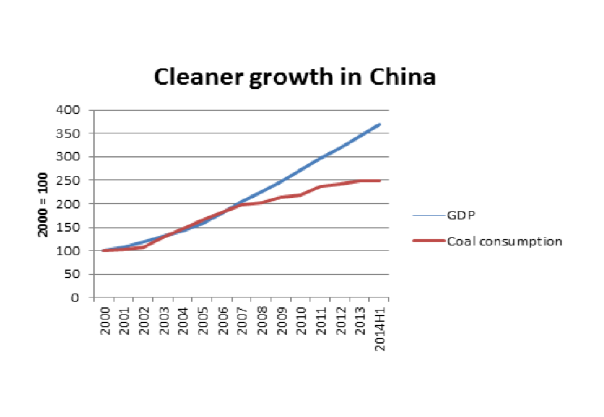Posted 19 September 2014 - 11:59am
Today, Professor Peter Newman AO – former NSW Sustainability Commissioner in Sydney and Project Leader for the CRC for Low Carbon Living (CRCLCL) – said that research is proving that ‘low’ or ‘no’ carbon living is the future and that Australia is charging ahead in cementing ways to make the built environment sustainable.
Professor Newman has 80 PhDs in his group at Curtin University (WA) conducting national research on ways to reduce unnecessary fossil fuel use. Many are funded through CRCLCL. He was in Sydney to deliver a seminar at the University of New South Wales where the CRCLCL is based.
“New data from around the world, especially China shows that the world is much closer to achieving the climate change goals we need to decarbonise the planet. Coal and oil consumption is abating and there has been a spectacular turnaround in China,” he said.
“Over the past 20 years the decarbonising processes has had to fight against markets that were not in its favour, but now the market is working for us and trending towards renewables, energy efficiency and reduced car use. Predicting transformational change now looks much easier as market trends can dramatically switch fuels.
“What the data show is that growth in wealth (GDP) and growth in fossil fuels (and hence greenhouse emissions) are no longer linked, they are decoupling. See graph on China’s coal consumption (below) which has now peaked. Technology and the marketplace are now irrevocably moving away from fossil fuels and the process has strong community support, despite some government signals and actions designed to slow or stop this momentum,” Professor Newman said.
Professor Newman has been involved in low carbon research and community, industry and government action for over 30 years and his new research projects with CRC LCL are all confirming the above trends. His research group is assisting the trend to low carbon or no carbon living through innovative housing in suburban and high rise buildings; carbon structural adjustment in regulations and procurement; urban design that minimises car use; low carbon schools; and community engagement. The work we are doing with the CRCLCL fits into the big transformational picture of a world decarbonizing its economies.
“I truly believe that the low carbon movement is unstoppable and our results to date show a clear pathway to the future,” he concluded.
During the seminar Professor Newman also launched a new book - Rethink Building Materials by Dick Clarkethe Founding Director of Envirotecture, which had major input by members of the CRCLCL, particularly its Chief Executive Officer, Professor Deo Prasad.
“The book Rethink Building Materials looks at a various aspects regarding materials and sustainability in the building industry. The book has contributions from Australia¹s leading designers, architects, academics and scientists,” Professor Newman said.
Rethink Building Materials will equip consumers, architect/designers and builders with the knowledge and tools to confidently make sound decisions based on science and experience. Written by 35 of Australia’s world-leading thinkers and practitioners of sustainable design and building, it does not tell you what to think, but what to think about.
The book focuses on different themes including what a sustainable future in buildings is all about, a look at the issues behind the choices we make, contested ideas about material impacts and the fast-approaching horizon of new materials. Leaders in the field showcase the process of selecting appropriate materials in some amazing houses. Major manufacturers also demonstrate how they have embraced sustainability and, the characteristics and impacts of building materials are also reviewed.

Image Source: Compiled from China National Bureau of Statistics and China National Coal Association statistical releases.
